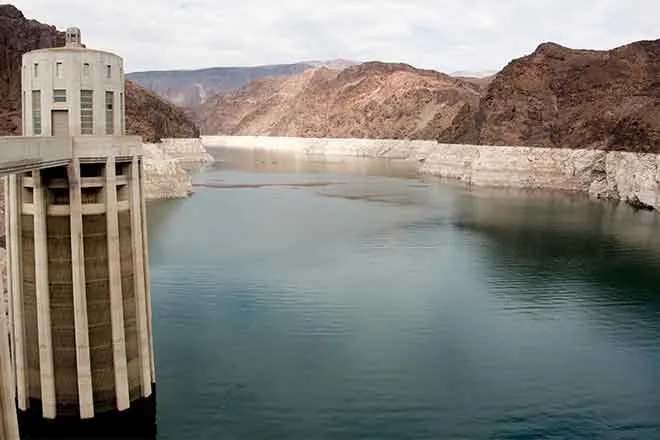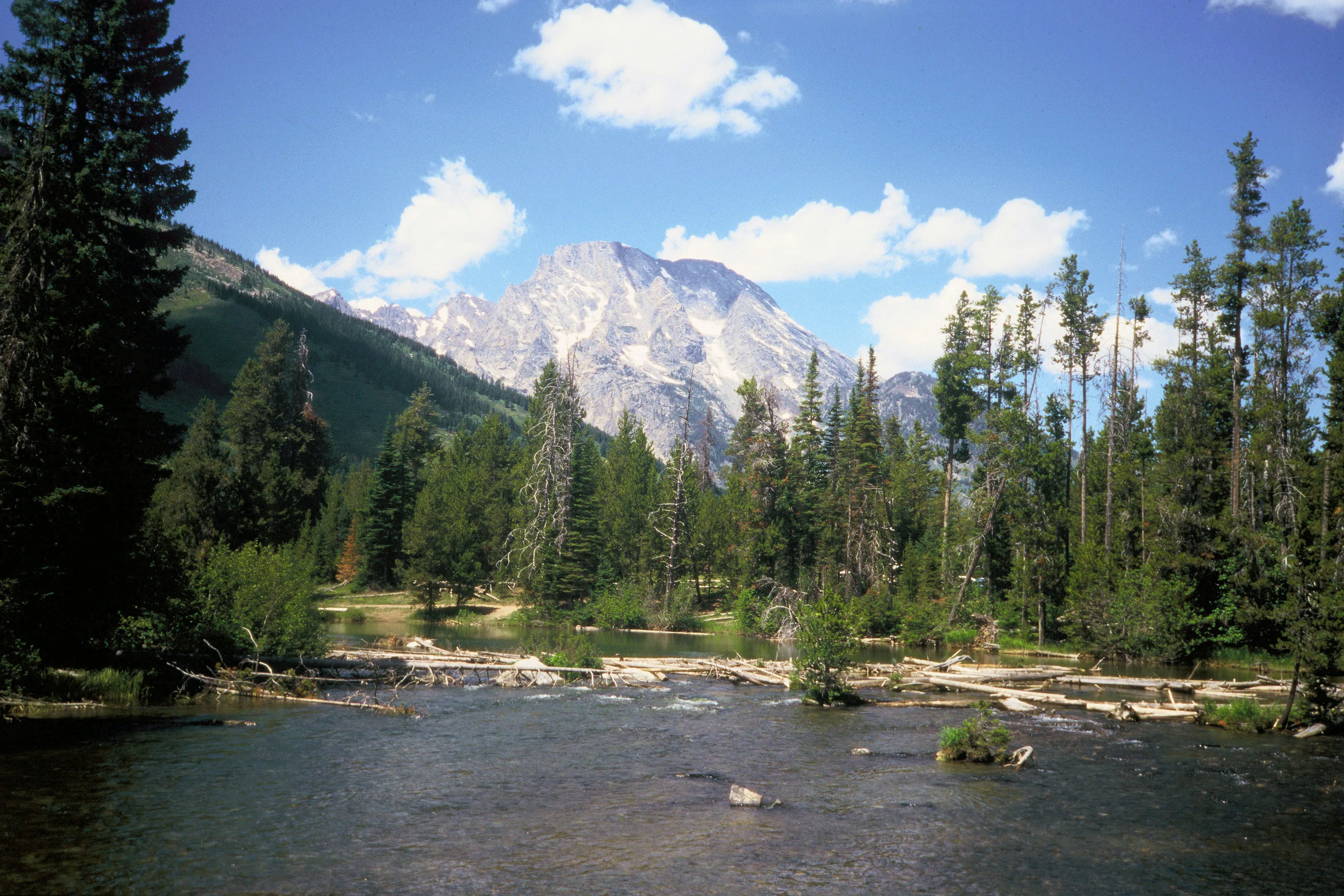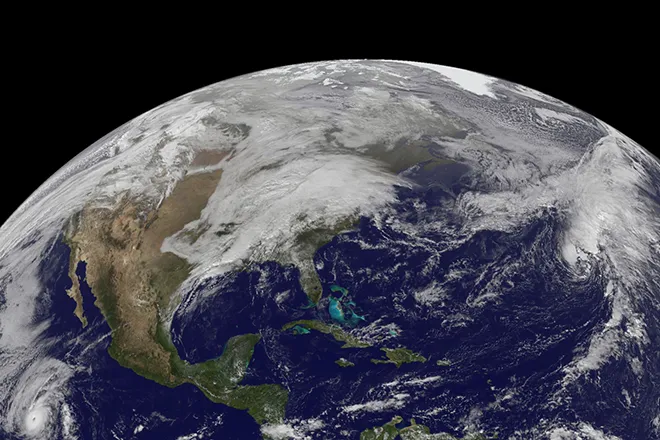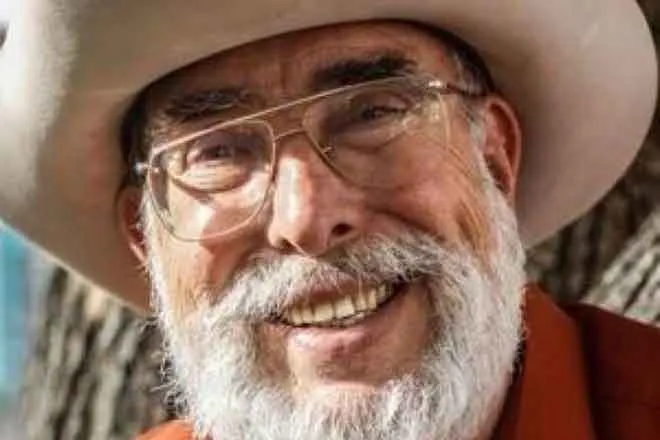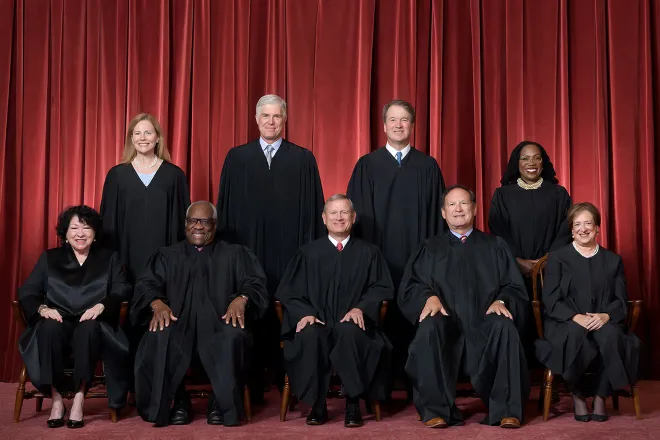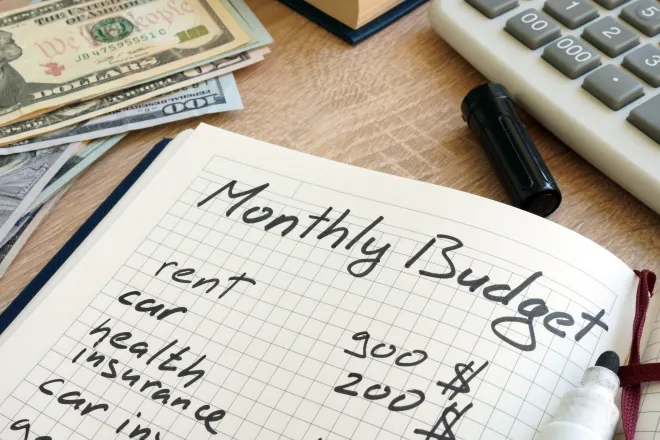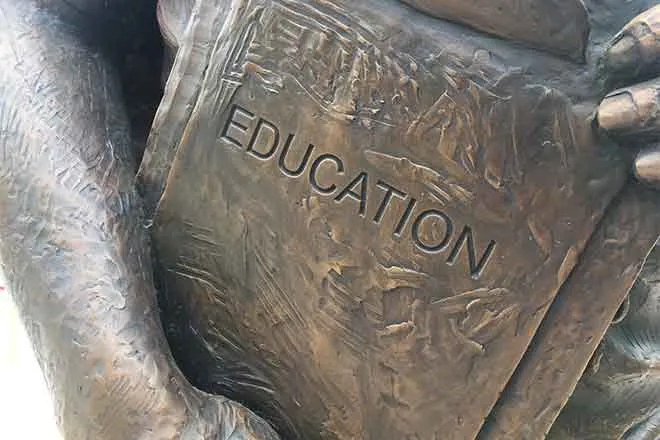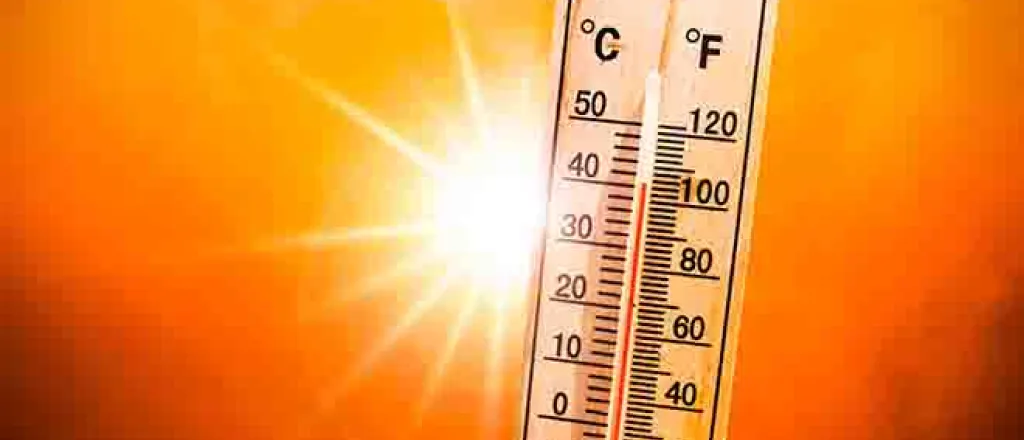
Another summer without heat-protection rules for New Mexico's outdoor workers
Click play to listen to this article.
A New Mexico coalition is stressing an urgent need for the state to adopt the strongest possible heat risk standards for indoor and outdoor workers.
New Mexico is the sixth-fastest-warming state in the nation, according to the Union of Concerned Scientists, fueled by climate change which makes heat waves more common.
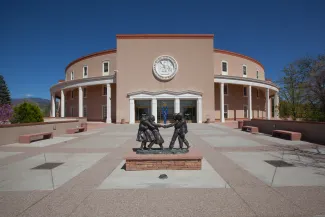
© jdwfoto - iStock-1487999298
Carlos Matutes, community advocate for the environmental group GreenLatinos, said 80 percent of those working in agriculture are Latino, as are 64 percent of those working in the building trades. He added Latino workers are overrepresented in oil and gas production and need to be protected.
"Depriving them of paid rest periods, of shade, of water during the summer months is unconscionable," Matutes asserted. "We're trying to make sure New Mexico Environment Department establishes these rules as quickly as possible."
Two states, Texas and Florida, have passed laws limiting local governments' ability to require employers to provide water breaks to outdoor workers. In contrast, California adopted protections in 2006. Matutes noted the Environmental Department has already announced the process to consider a heat-protection rule has been delayed and will not take effect before workers endure this summer's heat.
It is not just workers who suffer from extreme heat but also kids in school classrooms.
Whitney Holland, president of the American Federation of Teachers-New Mexico, said the days of putting a box fan in a classroom window on hot days are long past and the number of sweltering days increases each year.
"Thinking through a student's day, from the time they get on the bus, with buses that don't have air conditioning, in the cafeteria, in the library, all of those places," Holland outlined. "If they don't have proper ventilation and good air quality, research shows students feel fatigued, they are unable to focus, all of those things."
As might be expected, Holland added late afternoon, following the lunch break, is when students are most miserable, which disrupts the learning environment. This summer's forecast calls for hotter-than-normal temperatures from coast to coast, according to NOAA's Climate Prediction Center.



